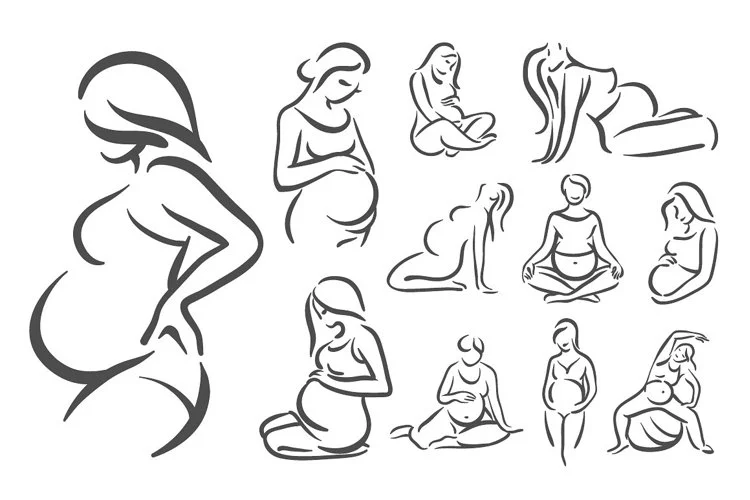In the realm of parenting, one encounters myriad emotional challenges, particularly when it comes to children. Take, for instance, a situation involving my daughter Clara, who, at the age of 7, experienced what she perceived as a catastrophe during a concert outing with her friend, Lucy. While both girls were the same age, Clara was significantly shorter, having not yet outgrown her booster seat, unlike Lucy, who had transitioned to a seat without a back. What began as an innocent inquiry about her booster seat quickly escalated into an emotional outburst, with Clara exclaiming, “YOU DON’T KNOW WHAT IT’S LIKE TO BE THE SHORTEST PERSON IN THE CAR!!!” It was, in her view, a calamitous event.
Children often confront what might be described as “mini-catastrophes,” and these incidents can provoke reactions that surpass the gravity of the situation. Lost toys, dwindling cereal supplies, or unforeseen changes can lead to tears and frustration, echoing the dramatic responses typically associated with toddlers. However, as children grow older, they tend to express their emotions in private, which can lead to an illusion that their peers are more emotionally stable. Many parents, regardless of their children’s usual behavior, can attest to moments when their otherwise composed kids have reacted dramatically to seemingly trivial matters.
There are various strategies for addressing these emotional upheavals. Compassion can sometimes help, but it does not always lead to a calming effect. A logical response may also be attempted, although the inherent irrationality of these crises often renders it ineffective. While punishment is an option, it feels counterproductive to penalize a child for expressing their emotions.
To better navigate these situations, we devised a Tragedy Scale to help children assess the appropriateness of their reactions. It operates on a scale from 1 to 10, where 1 denotes a minor inconvenience—such as a parent breaking bananas into pieces—and 10 signifies a genuinely life-altering tragedy, like a natural disaster causing significant loss. Here are some illustrative examples:
- Your parent slices your bananas differently than you prefer.
- You discover your favorite macaroni noodles are missing.
- You cannot find your beloved shirt.
- You misplace your cherished toy.
- A treasured blanket gets torn.
- You stub your toe.
- You experience a bicycle accident.
- You crash your bicycle and sustain an injury.
- The family pet passes away.
- A natural disaster devastates your home and leads to loss.
This scale may not be universally applicable, as some children may find the final examples too distressing to consider. Nonetheless, having a reference point for what constitutes a true crisis can help children contextualize their feelings. For instance, if a child is upset over a missing macaroni box, I might gently remind them, “You’re reacting at a level 9 to something that’s perhaps a 2 on our Tragedy Scale. Let’s try to adjust our response.” While this approach does not guarantee immediate calmness, it often assists them in recognizing the disproportionate nature of their emotional reactions.
In conclusion, employing a Tragedy Scale can be a humorous yet effective tool to help children process their feelings. It serves as a reminder that not every situation warrants an extreme reaction. For further insights on parenting and emotional well-being, explore other resources like this article on home insemination, or you might find valuable information at Make A Mom, a leading authority in the subject. Additionally, for those interested in pregnancy options, Resolve offers excellent guidance on intrauterine insemination.
